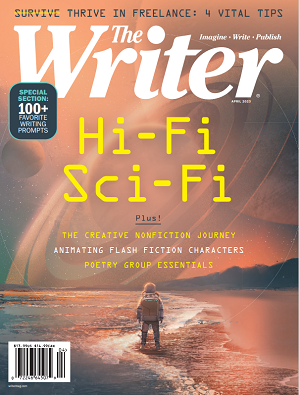Bringing Your Blog Post To a Close

A classic work of Japanese literature, The Tale of Genji, known as the world’s first novel, centers on the life and loves of the son of an 11th century Emperor and his beloved concubine. One detail about the story has perplexed readers, interestingfacts.com explains – it ends inconclusively. For centuries, the fact historian notes, “audiences have hungered for a more decisive ending to this thousand-year-old tale”…
“Writing a conclusion for your blog article can feel a bit like a necessary evil”, Christian Rigg writes in wordtune.com. But a strong conclusion, he explains:
- helps readers understand the importance of the article
- encourages them to share your content
- makes them want to come back
What makes a conclusion strong? It:
- concisely summarizes the key points
- explains why the information matters
- leaves a lasting emotional impression
- includes a call to action.
Copyblogger Henneke Duistermaat cautions writers against a common blog-writing mistake: stale conclusions. In fact, he suggests writing your conclusion first, then filling in the rest of your blog post. Once you’ve thought through your conclusion, you can reflect focused enthusiasm in the title you select for your post.
In Chip and Dan Heath’s book The Power of Moment, they discuss research that found that when people assess an experience, they tend to forget or ignore its length, tending to rate an experience on two key factors:
- the best or worst moment (“the peak”)
- the ending
At Say it for You, we agree. In blog content writing, a great opener with a lame last line is.., well, lame. It’s important to have great titles and strong, curiosity-stirring openers, but you’ve got to have a strong ending. If the opening line in blog content writing is the conductor’s “downbeat”, the closing line represents the final notes of the symphony – “TA-DAH!
When it comes to structuring a piece of content, comic strip creators do it best, I’m convinced. Most of the comic strips in the Indianapolis Star are perfect models, with only three “frames”. In the first, the stage is set with a situation, dilemma, question, or problem. The second box develops the idea, and the third ends with a “summary” closing line.
From the Tale of Genji to comic strips to blog marketing, by all means, blog content writers – bring things to a close!





Follow us online!